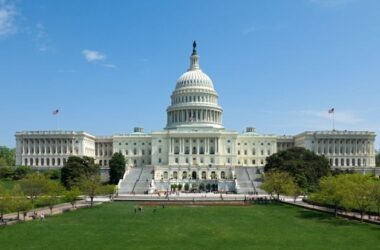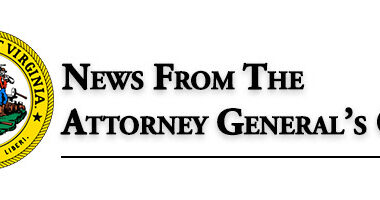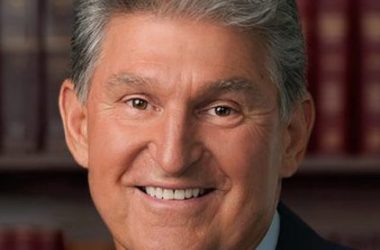MORGANTOWN, W.Va. — On July 20, 1969, Apollo 11 landed on the moon and Neil Armstrong famously took “one small step” onto its surface.
West Virginia University is offering the state’s media access to experts for stories on the event.
As the 50th anniversary of the lunar landing nears, experts from the Eberly College of Arts and Sciences at West Virginia University reflect on the cultural, scientific and geopolitical importance of the Apollo program and its powerful messages of curiosity, ambition and scientific discovery. The anniversary also shines a spotlight on issues of equality in math and science.

West Virginia University experts can provide commentary, insights and opinions on various news topics. Search for an expert by name, title, area of expertise, or college/school/department in the Experts Database at WVU Today. At Eberly College of Arts and Sciences, contact Laura Fletcher,
304-293-6867; [email protected].
Quotes and comments
James Siekmeier
Associate Professor, History
Contact information: [email protected]
James Siekmeier audio: Americans have always looked for new frontiers
“Americans have always looked for new frontiers. As such, President John F. Kennedy’s 1961 call to the American people to send a man to the moon, and return him safely to earth, deeply resonated with the American public. Importantly, the moon landing would show the world that the United States, not the Soviet Union, was the undisputed technological leader of the world, an important message during the height of the Cold War between the United States and the USSR. The ‘moon shot’ reflected the best and worst of U.S. society. On one hand, the mission, by transmitting photos of the Earth from space, stimulated the already growing environmental movement. The photos of Earth made it clear that humanity had one planet to save—or else. On the other, racism and sexism obscured contributions by African American mathematicians—as featured in the book ‘Hidden Figures’—and by female astronauts in a little-known NASA training program in the 1960s, who proved themselves as capable—or more capable—than their male counterparts, but were never allowed a chance to fly into space.”
Marjorie Darrah
Professor and Department Chair, Mathematics
Contact information: 304.293.8938; [email protected]
Marjorie Darrah audio: On this anniversary, it’s fitting
“On this anniversary, it’s fitting to celebrate all those who contributed. As a female mathematician, my mind naturally goes to NASA’s female ‘computers,’ including Katherine Johnson, who did by hand what we today use an electronic computer to do. In her time, being a woman of color from West Virginia in mathematics was extremely rare, and as she went on to succeed as a NASA research mathematician she carved a path and set an example for others, including myself, to go against the norms and conquer obstacles. Just as Johnson was unrecognized for her great contribution for many years, mathematics is usually relegated to the background of great scientific discoveries and engineering feats. I applaud all the men and women from many disciplines who worked together so diligently to make Apollo 11 and the lunar landing a reality, but I also want to highlight that mathematics was at the center of it all.”
Note: Darrah was the first woman to receive a Ph.D. in mathematics from WVU, in 1995, and is now the first woman to chair the department.
Graham Andrews
Assistant Professor, Geology and Geography
Contact information: 630.277.6487 (mobile)
Graham Andrews audio: The Apollo 11 mission
“The Apollo 11 mission made major contributions to the field of geology. The moon is unique in our solar system as it was part of Earth torn off in the early stages of planet formation 4.51 billion years ago during a collision between the young Earth and a now obliterated, Mars-sized proto-planet named Theia. We know the moon originated from the Earth because the lunar rocks brought back by the Apollo 11 astronauts are chemically identical to those on Earth and distinct from the other planets and asteroids. The moon is also responsible for Earth’s tides, without which life wouldn’t have been able to transition from the seas to land so easily. Finally, the moon is shrinking as its deep interior continues to very slowly cool, this causes the outer surface to shrink enough to produce moon-quakes — first measured by the Apollo astronauts.”
Kathryn Williamson
Teaching Assistant Professor, Physics and Astronomy
Director, WVU Planetarium
Contact information: [email protected]
Kathryn Williamson audio: The moon landing on July 20, 1969
“The moon landing on July 20, 1969 remains one of the most inspiring moments in human history. It gives us perspective of who we are as humans in the cosmos. Though the moon is our closest celestial neighbor, it’s actually pretty far away: 30 Earths could fit between us and the moon. Today, astronauts only go to low-Earth orbit, about 250 miles above the surface. You can’t even see the whole Earth as a sphere at that distance, and you are still safely protected by our magnetic field. Imagine being an Apollo astronaut out at the distance of the moon. What would it feel like to be that far away? To see your home like a blue marble hanging in the darkness? On this 50th anniversary, we celebrate where we’ve been, where we’re going and who we are.”





